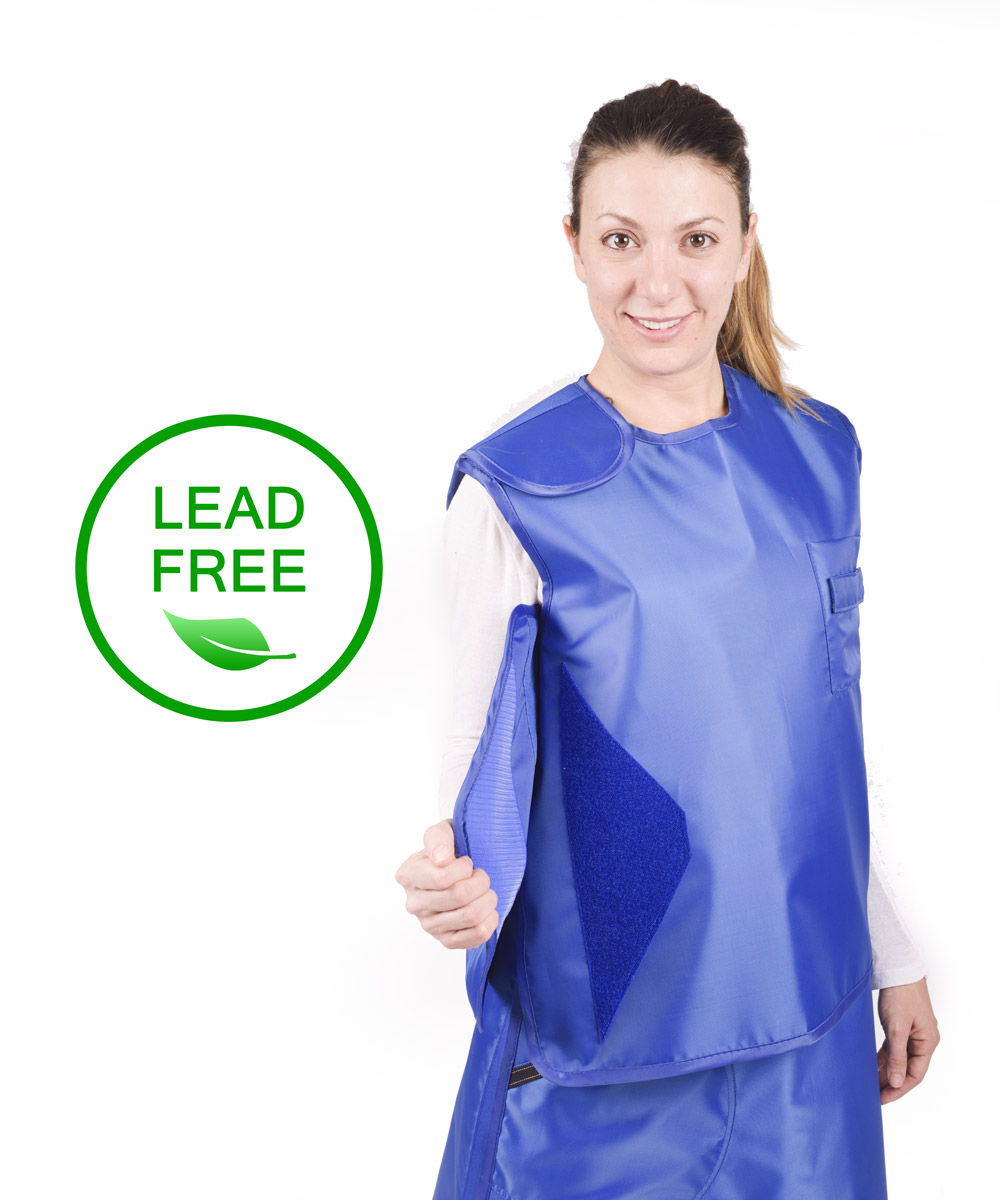Lead aprons, essential for protecting healthcare workers from harmful radiation exposure, have been a staple in medical facilities for decades.
The primary culprit is lead, a toxic metal with a persistent presence in the environment. Lead mining, refining, and manufacturing processes consume vast amounts of energy and release harmful pollutants into the air, water, and soil. Furthermore, the production of lead aprons generates hazardous waste, including lead-contaminated materials and chemicals.
Once lead aprons reach the end of their life cycle, they pose another environmental challenge. Improper disposal can lead to lead leaching into the environment, contaminating soil and water bodies. This contamination poses a serious health risk to both humans and wildlife.While recycling lead is technically possible, the process is complex and costly. Currently, the recycling rate for lead aprons is relatively low, with a significant portion ending up in landfills.
A promising alternative to traditional lead aprons is emerging in the form of leadless aprons. These innovative garments employ advanced materials, such as rare earth elements or tungsten, to provide equivalent radiation protection without the use of lead.
Moreover, leadless aprons often have a longer lifespan compared to their lead counterparts, further minimizing waste. This extended durability contributes to a reduced demand for new materials and manufacturing processes.
While the initial cost of leadless aprons may be higher than traditional lead aprons, their long-term environmental and economic benefits make them a compelling choice for healthcare facilities. As technology continues to advance, the cost of leadless aprons is expected to decrease, making them a more accessible option.
To encourage the adoption of leadless aprons and promote sustainable practices, governments, healthcare institutions, and industry stakeholders need to collaborate.
By embracing leadless aprons and adopting responsible disposal practices, the healthcare industry can significantly reduce its environmental footprint and contribute to a healthier planet for future generations. It is imperative to recognize that protecting human health and the environment are not mutually exclusive goals. By making informed choices, we can achieve both.


No comments:
Post a Comment
We are happy that you want to comment, please note that your comment will be reviewed first before it is published.
If you like the article! You can share it with your friends and colleagues by pressing at social media buttons provided to the left of the page.
NO word verification or sign up is required!